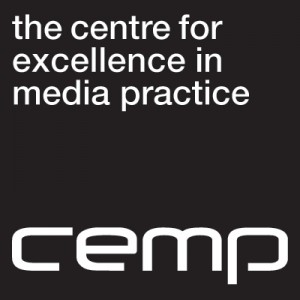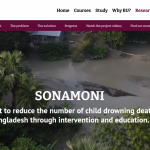
CEMP’s research into Digital Capabilities, funded by Samsung, has now been published in the journal Learning, Media and Technology.
Julian McDougall, Mark Readman & Philip Wilkinson (2018): The uses of (digital) literacy, Learning, Media and Technology, DOI: 10.1080/17439884.2018.1462206
ABSTRACT
This article shares research facilitated by a multinational technology provider, converging mobile networked technology (tablets) used across school and home, a technology enhanced community ‘third space’ providing workshops for students aged 6–9 with their parents/carers. The approach taken avoids the instrumental measurement of functional digital literacy competences, but instead seeks to negotiate a more nuanced and complex understanding of the ‘uses of literacy’ [from Hoggart, R. 1957. The Uses of Literacy. London: Pelican] in digital contexts and in a deeply situated, specific local setting. Working with our findings, we later put Amartya Sen’s concept of capability [Sen, A. K. 2005. “Human Rights and Capabilities.” Journal of Human Development 6 (2): 151–166; Sen, A. K. 2008. “Capability and Well-Being.” In The Philosophy of Economics, edited by D. M. Hausman, 3rd ed., 270–293. Cambridge: Cambridge University Press] to work on our data in order to provide a discussion on how the digital literacy community might distinguish digital competences as functionings from the ‘uses’ of such competences for a broader range of capabilities.
 CEMP research published by Samsung
CEMP research published by Samsung










 Join the 17th Annual Postgraduate Research Conference – Wednesday 3 December 2025
Join the 17th Annual Postgraduate Research Conference – Wednesday 3 December 2025 BU Festival of Social Sciences invite at RNLI
BU Festival of Social Sciences invite at RNLI MaGPIE Presents at UK Parliament: From Mass Graves to Courtroom
MaGPIE Presents at UK Parliament: From Mass Graves to Courtroom Festival of Social Science: Introducing drowning prevention in Bangladesh
Festival of Social Science: Introducing drowning prevention in Bangladesh ECR Funding Open Call: Research Culture & Community Grant – Apply Now
ECR Funding Open Call: Research Culture & Community Grant – Apply Now MSCA Postdoctoral Fellowships 2025 Call
MSCA Postdoctoral Fellowships 2025 Call ERC Advanced Grant 2025 Webinar
ERC Advanced Grant 2025 Webinar Horizon Europe Work Programme 2025 Published
Horizon Europe Work Programme 2025 Published Horizon Europe 2025 Work Programme pre-Published
Horizon Europe 2025 Work Programme pre-Published Update on UKRO services
Update on UKRO services European research project exploring use of ‘virtual twins’ to better manage metabolic associated fatty liver disease
European research project exploring use of ‘virtual twins’ to better manage metabolic associated fatty liver disease